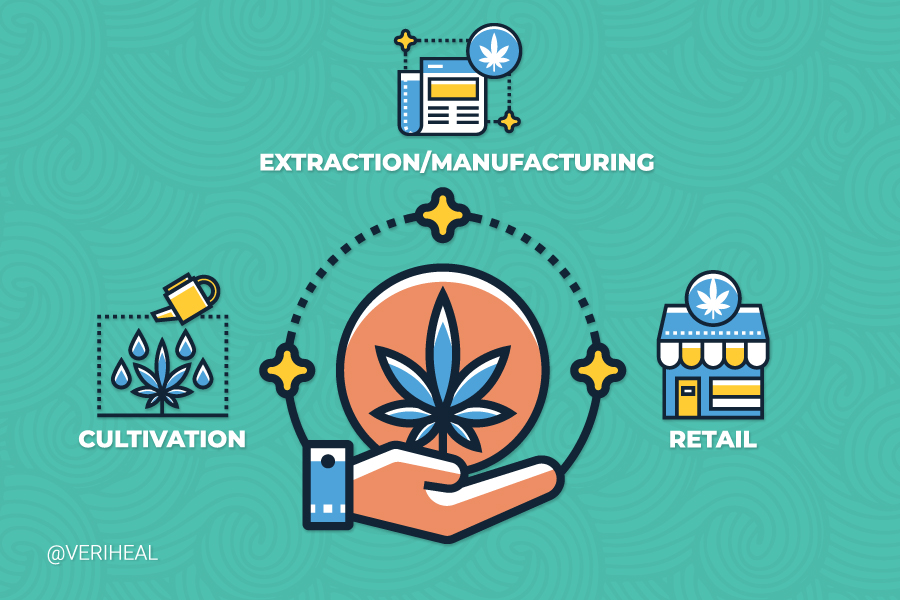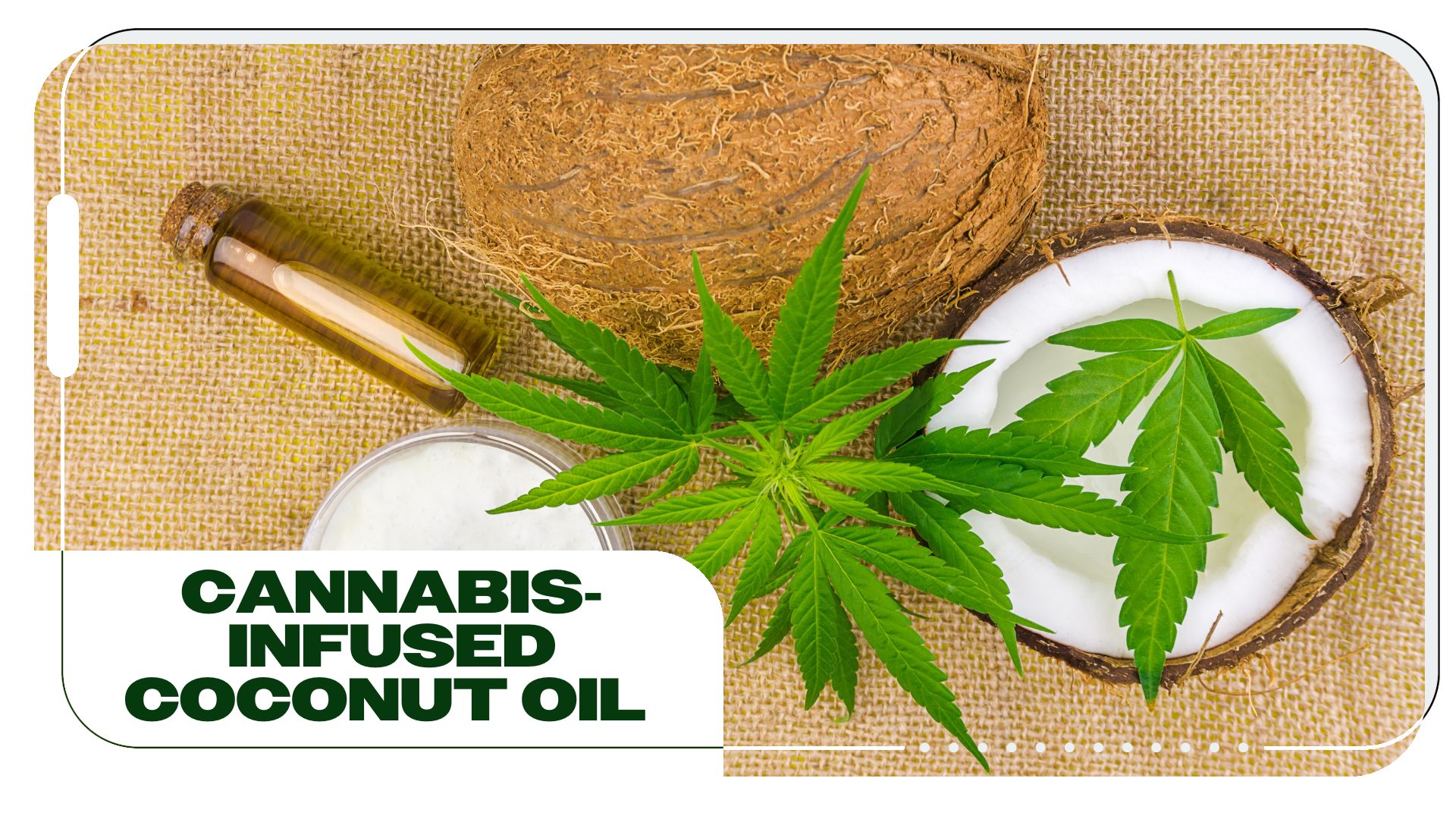As cannabis and hemp ramp up production capabilities, the term ”vertically integrated” is popping up as a major accomplishment. But what does vertical integration mean, why is it both good and bad for the industry and communities, and is this a viable model for national production processes?
Being vertically integrated means a business owns all stages of their supply chain.
As defined by britannica.com : “Vertical integration is a form of business organization in which all stages of production of a good, from the acquisition of raw materials to the retailing of the final product, are controlled by one company.”
When a company boasts being vertically integrated in cannabis it means they have their own grower, processor, and distribution channels under one corporate entity with zero allowance for cooperation or subcontracting outside. This design model is the most efficient production methodology in the industry, seconded by fully-functional cooperatives. Vertical integration in cannabis unites cultivation, extraction, manufacturing, and packaging, and retail operations under one umbrella, under one company.
What Are The Advantages?
Business consolidation in cannabis and hemp may be inevitable but not everyone agrees on its benefits.
The advantages of vertical integration are pretty clear and are almost a no-brainer on how it would be beneficial for a company to be able to complete the entire cannabis processing chain “in-house”, without third party providers. Being vertically integrated takes a massive amount of cash upfront to acquire all the equipment needed to fully process cannabis. Once capital has been properly invested, profit turn around is considerably close.
The problem with this is that in order to become vertically integrated, a company must be able to afford to do everything under one company.
Why You Should Get Your Medical Marijuana Card
Veriheal has satisfied millions of patients nationwide by giving them access to these benefits
- Larger purchase limits
- Peace of mind
- Enhanced legal protection
- Access to higher potency strains
- Save up to 25% on cannabis purchases
- Skip the line at the dispensary
Eleven States Implement Vertical Integration
In eleven states the medical cannabis regulations require vertical integration, severely inhibiting potential success from smaller local growers and restricting entry in the market to already rich. All but two states (Louisiana and Washington) with active medical or recreational cannabis programs allow or require vertical integration of the cannabis supply chain. Vertical integration makes plant tracking easier with fewer product transitions while also increasing communication between market sectors.
Florida is a fully vertically integrated state, and this has had massive impacts on the way the legal cannabis market has grown in the state.
Sixty-five percent of Florida’s medical cannabis market is held by only 6 vertically integrated companies. The concern about monopolies and oligopolies in the cannabis industry was in the Florida news extensively throughout 2019 when a Florida court ruled that the state’s required vertical integration was unconstitutional.
When large cannabis corporations have the ability to sweep through legal states, putting smaller growers out of business, there are mixed feelings about whether that is positive or negative. From a business standpoint, with profits a priority – yes vertical integration is the way to go. From efficiency to consistency no other methods compare. However, the benefit to the community is nearly completely removed when the big guys move in.
The evidence suggests that forcing this model onto the industry at large unfortunately creates a stifled industry that lacks competition, small businesses, and the need for innovation.
Author, Share & Comments








